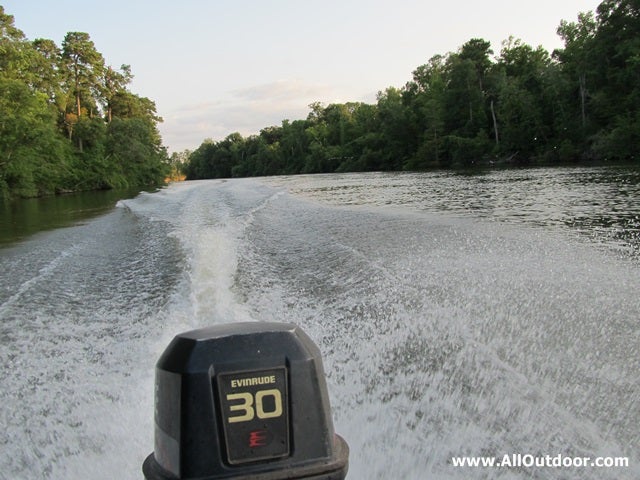Performing a Vessel Inspection on a Small Boat
Kevin Felts 05.18.18

How many of the readers have launched a boat, only for something to be wrong? Either the boat will not crank, life jacket (personal flotation device PFD) is missing, or lights on the trailer do not work.
Before we head out with the boat, let’s take a few minutes and perform a vessel inspection.
What exactly is a vessel inspection?
For around 19 months I worked on a tugboat. One company was out of Houston and pushed barges, The other comapny was out of Port Arthur and docked ships. The type of tugs that dock ships are called harbor tugs. The harbor tugs had a four man crew, and the boats I worked on had anywhere from 5,000 – 6,000 horse power.
Once a month I had to perform a vessel inspection report. This was a check list around three pages long. During the inspection everything from PFDs, to first aid kits, to fire extinguishers had to the checked.
For example, there was at least one type 1 PFD for everyone on boat. Type 1 is designed to roll the wearer over if unconscious. Then, there were type 1 PFDs in the wheelhouse and engine room. Each type 1 had a whistle and water activated strobe light.
Every fire extinguisher had to have its inspection date checked. If a fire extinguisher was near its inspection date, the captain had to be notified, and he would schedule an inspection from an outside source. In all, we had 26 fire extinguishers on the boat. This included a CO2 system to suppress an engine room fire.
Vessel Inspection
While type 1 PFDs and 26 fire extinguishers may be overkill for a river or lake fishing boat, the principle is the same.
- Is the fire extinguisher in working order
- Are the paddles in good shape
- PFDs in good working order
- At least one PFD for everyone on the boat
- Some states require a throw-able PFD
- Is the boat wiring in good shape? Sometimes rodents chew the wires while the boat is not being used.
- Boat lights on working order
- Trailer lights working
- Fairly new plug and spare
- Spare parts, such as spare fuel line and spare bulb
- Crank the boat before heading to the boat launch
- How old is the fuel
- Trailer tires in good shape
- Is the battery fully charged
- Does the boat trailer have a spare
- Boat registration up to date
- First aid kit
Survival Kit
On top of all that, I took an ammo box and turned it into a boat survival kit.
The kit has:
- Pliers
- Crescent wrench
- Wire cutter
- Screwdrivers
- Cable ties
- Electric tape
- Knife
- Mirror
- Lighter
- Fire starter
- Mosquito repellent
- Battery connectors
- Allen wrenches
- Toilet paper
- Fuel line bulb
- Multi-tool
- Fuel line plugs
- Hose clamps
- Wire brush
- Chemlight
- Trolling motor replacement propeller
Something I would like to add is 550 cord and a rain poncho. The goal of the survival kit is to be able to replace common parts that may wear out, just as the bulb and fuel line connectors. If the boat is not fixable, then make it to land, build a fire and build a shelter.
Final Thoughts
The vessel inspection is to make sure the boat is in working order. If something does fail, then have a backup plan. On top of all of that, have a backup plan to the backup plan.
If the main motor stops working, there is the trolling motor. Trolling motor stops working, there are the paddles. In a worse case situation and I have to leave the boat, the ammo box has basic survival gear for building a shelter and fire.